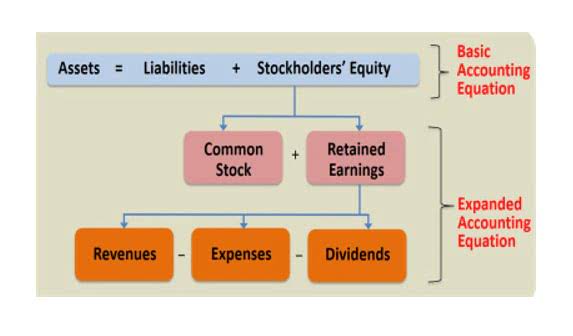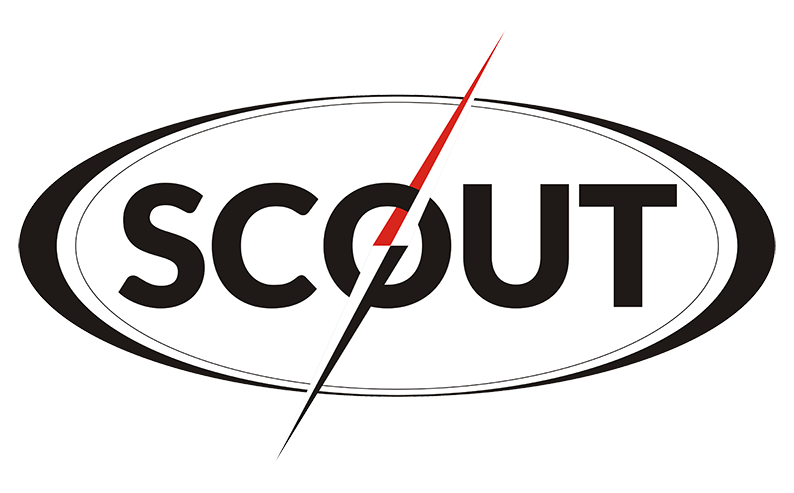
Properly making journal entry for bad debt expense can help the company to have a more realistic view of its net profit as well as making total assets reflect its actual economic value better. This is due to the value of accounts receivable in the balance sheet should state at the cash realizable value and the period that expense incurs should match with the time that revenue earns. Bad debt expense is the loss that incurs from the uncollectible accounts where the customers did not pay the write off method amount owed. The company should estimate loss and make bad debt expense journal entry at the end of the accounting period. With the direct write-off method, the company usually record bad debt expenses in a different period of those revenues that they are related to.
- The direct write-off method may not be the perfect solution for every business, but it definitely has its perks.
- This throws off the timing of a company’s income and expenses and doesn’t show the real financial picture of how it runs.
- Under the direct write-off method, bad debts are not recognized until they are actually written off, which may be after the revenue has been recognized.
- It is important to know accounts receivable are the current assets in the balance sheet and the increase of them on debit while decreasing of them are on credit.
- When deciding whether to use the direct write-off method or the allowance method to account for bad debts, you should consider a few things.
Account
- Let’s try and make accounts receivable more relevant or understandable using an actual company.
- This is the case in which the company uses the allowance method for an estimate of losses from bad debt.
- If most of your customers pay on time and you only have just a few bad apples, this method might be sufficient.
- If you’re required to follow GAAP—due to audits, external investors, or public reporting—you’ll need to use the allowance method instead.
- The direct write-off method aims to give businesses a way to recognize losses from accounts that can’t be collected promptly and accurately.
- The direct write-off method is typically used by small businesses or entities with low levels of credit sales and infrequent bad debts.
These unpaid amounts, known as uncollectible accounts or bad debts, represent a financial loss. The direct write-off method offers a straightforward approach to managing these uncollectible amounts. The allowance method follows GAAP matching principle since we estimate uncollectible accounts at the end of the year. We use this estimate to record Bad Debt Expense and to setup a reserve account called Allowance for Doubtful Accounts (also called Allowance for Uncollectible Accounts) based on previous experience with past due accounts. We can calculate this estimates based on Sales (income statement approach) for the year or based on Accounts Receivable balance at the time of the estimate (balance sheet approach).
Write Off Vs Allowance Method
In this case, ABC Inc. will use the direct write-off method to account for the uncollectible amount. The method’s straightforward approach has made it popular among business owners who want an easy and useful way to manage their finances. Michael Marz has worked in the financial sector since 2002, specializing in wealth and estate planning. After spending six years working for a large investment bank and an accounting firm, Marz is now self-employed as a consultant, focusing on complex estate and gift tax compliance and planning. Accounts receivable of a company represent the amount that customers owe to the company in respect of the purchase of goods https://magnumaplacados.es/what-kind-of-financial-statements-do-limited/ or services on credit.
What Does EE Mean in Payroll on Your Pay Stub?

GAAP requires companies to use the allowance method, which estimates bad debts based on past experience and adjusts the estimate as needed. Under the direct write-off method, bad debts are not recognized until they are actually written off, which may be after the revenue has been recognized. This throws off the timing of a company’s income and expenses and doesn’t show the real financial picture of how it runs. The accountants then make the necessary changes to the financial statements to reflect the uncollectible accounts in the accounts receivable balance, the balance sheet, and the income statement. Direct write-off method is usually only be used by the company that has only a small amount of credit sales or an insignificant balance of receivables.

It is important to know accounts receivable are the current assets in the balance sheet and the increase of them on debit while decreasing of them are on credit. This also results in an understated profit for the year since this bad debt expense relates to sales made in a preceding year and the matching principle of accounting is being violated. Accounts receivable are recorded in the entity’s financial statements only if it is following the accrual basis accounting principle. If an entity uses a cash basis to prepare its financial statements, receivables should recognize our revenue.

Inevitably some of the amounts due will not be paid and the business will need to have a process in place to record these bad debts. The company uses the direct write-off method to account for uncollectible accounts. At the end of the financial year, the company found that one of its customers, Customer X, had failed to pay its outstanding balance of $10,000.
Due to its adherence to the matching principle and more accurate financial picture, GAAP prefers the allowance method for material bad debts. Because customers do not always keep their promises to pay, companies must provide for these uncollectible accounts in their records. The direct write-off method recognizes bad accounts as an expense at the point when judged to be uncollectible and is the required method for federal income tax purposes.
Are the Accounts Receivable Current or Non-assets?

In this case, writing off accounts receivable affects the balance sheet only; nothing changes to the income statement. This is due to the company has already recognized expenses when it makes allowance for doubtful accounts in the adjusting entry for the estimated losses from bad debt or uncollectible accounts. However, sometimes the company doesn’t have the allowance for doubtful accounts as it follows the direct write off method instead.
If you maintain the business’s books and records in accordance with generally accepted accounting principles, or GAAP, there are two methods for writing off part of an accounts receivable balance to choose from. Regardless of the method you choose, however, the impact on your company’s balance sheet and income statement is ultimately the same. For example, a company may recognize $1 million in sales in one period, and then wait three or four months to collect all of the related accounts receivable, before finally charging some bad debts off QuickBooks to expense. This creates a lengthy delay between revenue recognition and the recognition of expenses that are directly related to that revenue.
